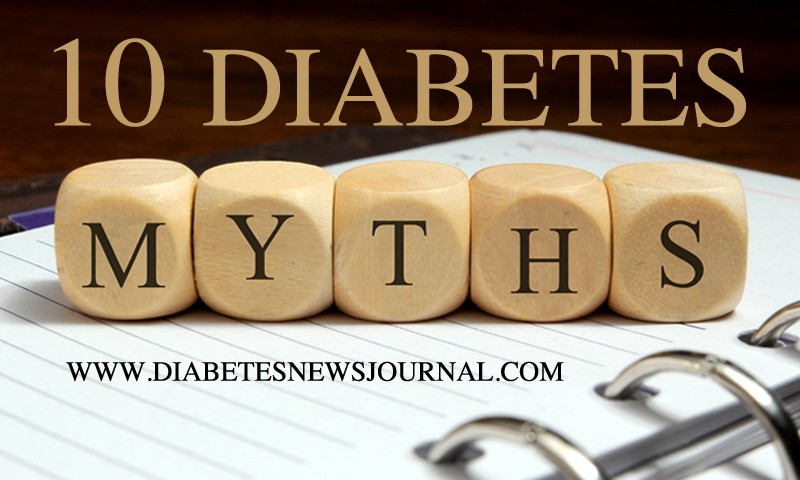It is common in a diabetic’s life to face questions like “do you have the good type of diabetes or the bad one?”
To be really honest, these are the types of questions that I really don’t know how to answer. What does “good” and “bad” diabetes even mean?
Recently, I changed jobs in my office, so now I’m facing a lot of these types of questions again, and because of this, I thought that maybe it would be interesting to write a bit about the basic features of diabetes — the good, the bad and the worst.
The Good
Let’s start with the “goods” of diabetes. Because Diabetes is associated with the lack of capability of your body to naturally regulate the levels of glucose in your bloodstream, as a type 1 diabetic, you always have to help your body do that. In addition to self-injecting insulin, you can  also do simple things like pay special attention to what you eat and how often you exercise.
also do simple things like pay special attention to what you eat and how often you exercise.
In this way, diabetes gives you an extra-healthy motivation to exercise every day and to eat healthier. This is clearly a good thing — you become more aware of your own fitness levels and more conscious about these kinds of topics. When my personal trainer discovered that I was diabetic, right away he understood why did I knew all the information about the “recommended amount of carbs” — the type of carbs and digestion times — that we had discussed during our first session. Review my blog posts on exercising and nutrition for more information on this.
The Bad
Looking at the bad things, the first that comes to my mind is definitely the danger that a diabetic faces every time we don’t eat enough, or when we inject too many units of insulin. All these situations can have repercussions in terms of losing consciousness and doing things that you end up not remembering because you did them while you were under extreme hypoglycemia. It has happened to me, and let me tell you, it is not pretty.
Even though the majority of the people expect the bad cases of diabetes to come from the excess of glycemia, that is not the truth. In fact, when diabetics experience hypoglycemia, it means that they don’t have enough glucose in the bloodstream to satisfy the needs of the body’s cells, and for this reason, if you don’t perceive that your body is lacking energy, sugar, glucose, and if you don’t eat sugar right away, it is possible that you become confused, have difficulty thinking, or you might even go into a coma.
Once my glucose level dropped really fast while I was driving. As I was driving, I didn’t even realize it was happening. So, I ended up driving around in my town — I was feeling super lost and I didn’t know what was happening — until I actually realized that it had been quite some time since I last ate and that maybe all that I was feeling was a clear evidence that I absolutely had to correct my glycemia level.
The Worst
The worst. I don’t want to spend too many words in this issue since I’ve already written a bit about this on a p revious blogpost. Instead I would like to share a bit of my own experience. Once I woke up and I wasn’t able to recognize the people I was with, where was I and where was I supposed to go. This episode ended with my friends taking me to the emergency room and spending an entire day there, taking IV fluids, just to recover my glucose levels.
revious blogpost. Instead I would like to share a bit of my own experience. Once I woke up and I wasn’t able to recognize the people I was with, where was I and where was I supposed to go. This episode ended with my friends taking me to the emergency room and spending an entire day there, taking IV fluids, just to recover my glucose levels.
Until today I have absolutely no idea why it happened nor what I did or didn’t do that caused this episode, and for me, this is the worst. The fact that sometimes your body reacts to internal needs in a very extreme way and you might not have a clue about what is it reacting to. The best way to avoid these situations is to actually pay attention to all your body’s signs and try to learn all of them.



This is the same for me I am a type 1 diabetic. At night my sugar has reached as low as 2.3. Unlike when I was first diagnosed I don’t always recognize the symptoms of a low blood sugar. You can also die if your blood sugar is to low or to high.